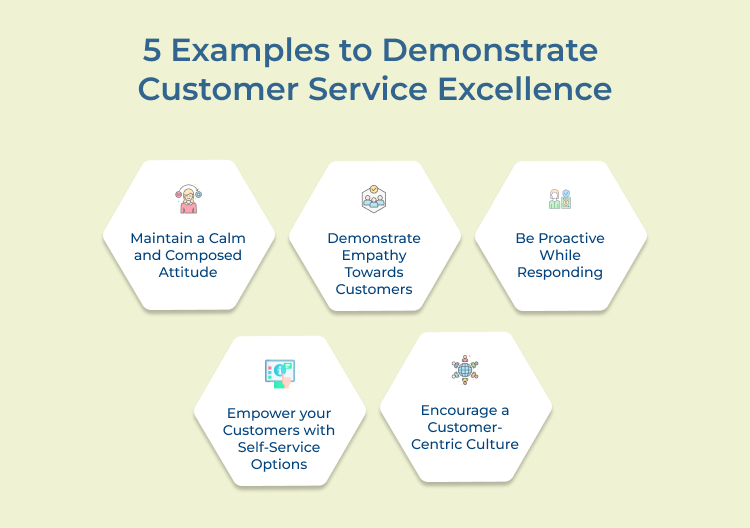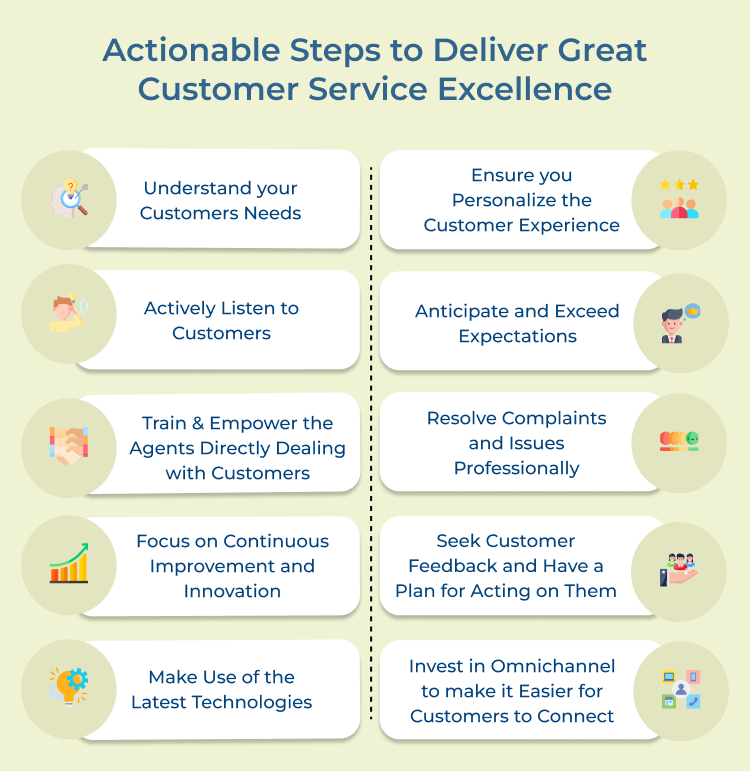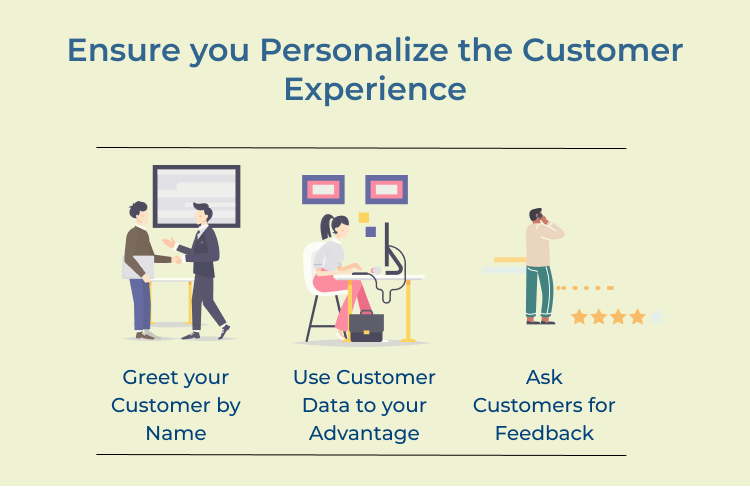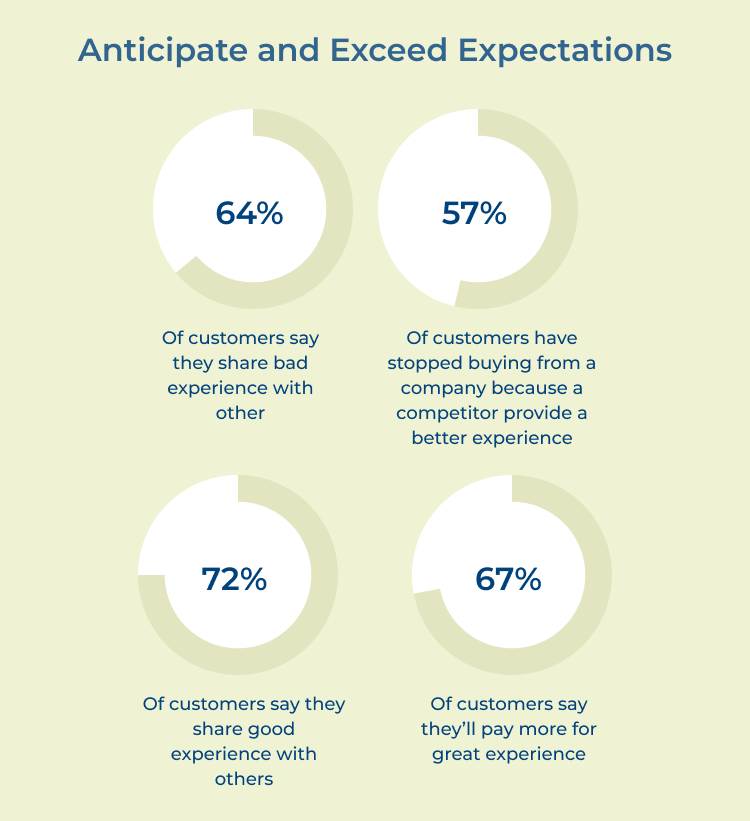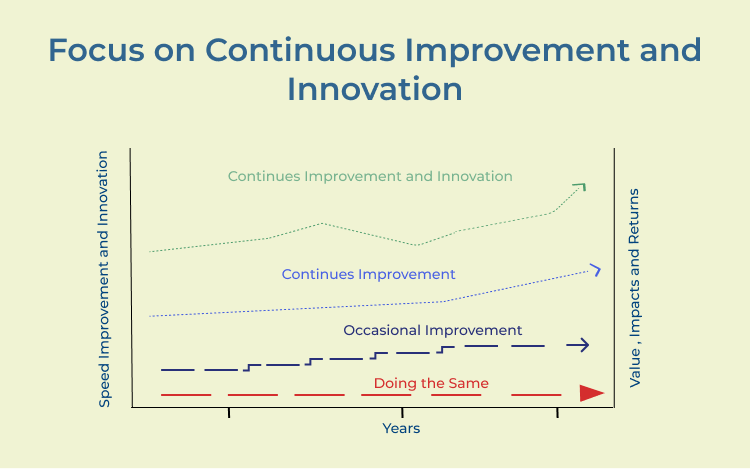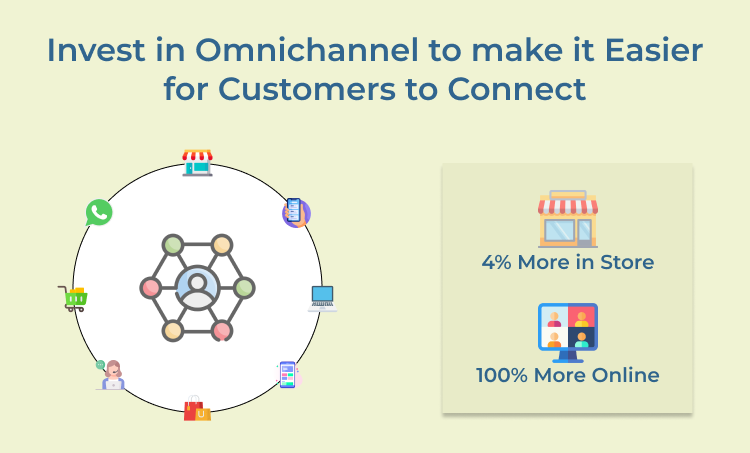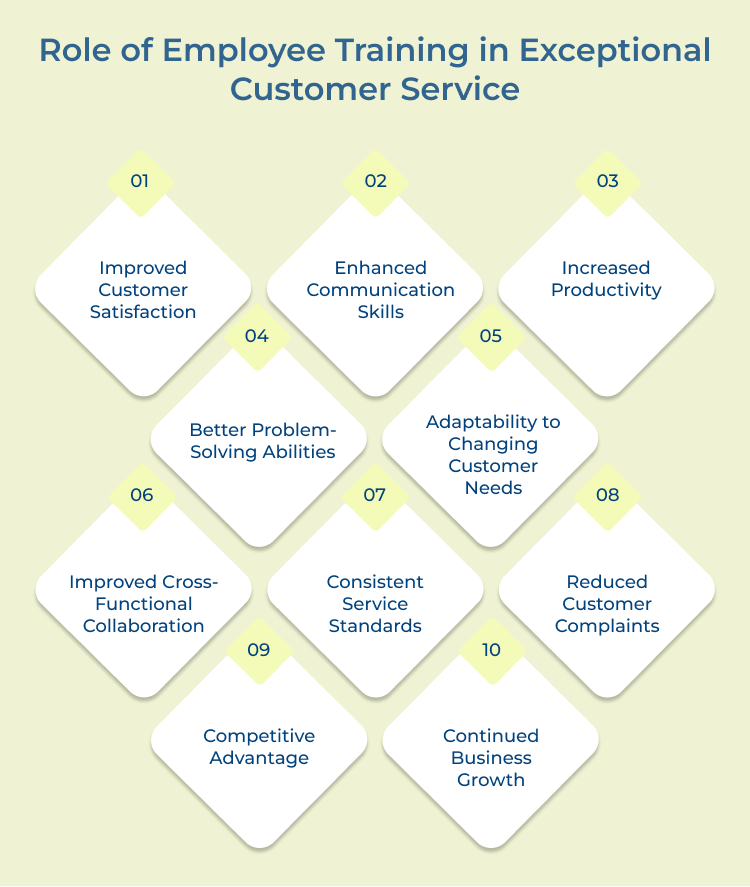1. Increases Customer Satisfaction
Providing excellent customer service ensures that customers feel valued and attended to. When customers feel satisfied with the service they receive, they are more likely to trust the business and develop a positive perception of its brand. It results in higher customer retention rates as well as increased customer loyalty.
2. Enhances Reputation & Brand Image
Word-of-mouth is a powerful marketing tool and customer service excellence plays a crucial role in shaping a business’s reputation. Satisfied customers are more likely to share their positive experiences with others, leading to increased brand visibility and a positive brand image. Poor customer service can damage a business’s reputation and lead to negative word-of-mouth, which can be detrimental to its success.
3. Increases Customer Loyalty
When customers have a positive experience and feel valued by a business, they are more likely to remain loyal as well as continue to support the business in the long run. Loyal customers are not only more likely to make repeat purchases but also act as brand advocates, promoting the business to others.
4. Competitive Advantage
When customers have a choice between similar products or services, they often base their decision on the overall customer experience. They even look into every detail of the product you and your competitors offer to make better decisions. Deliver exceptional service to differentiate your businesses from competitors and attract more customers.
5. Increases Revenue
Satisfied customers are more likely to spend more and make additional purchases. They wouldn’t mind becoming repeat customers and spending more money on products or services. Happy customers are more likely to recommend the business to friends, family and colleagues resulting in new customer acquisitions as well as increased revenues.
6. Improves Employee Morale and Engagement
Customer service excellence is not only beneficial for customers but also for employees. When employees see the positive impact they have on customers’ lives through exceptional service, it boosts their morale and job satisfaction. Engaged and satisfied employees are more likely to be motivated, productive, as well as committed to delivering excellent service consistently.
Role of Employee Training in Exceptional Customer Service
Employee training and development plays a vital role in preparing employees to deliver exceptional customer service. Here are some ways to achieving customer service excellence:

